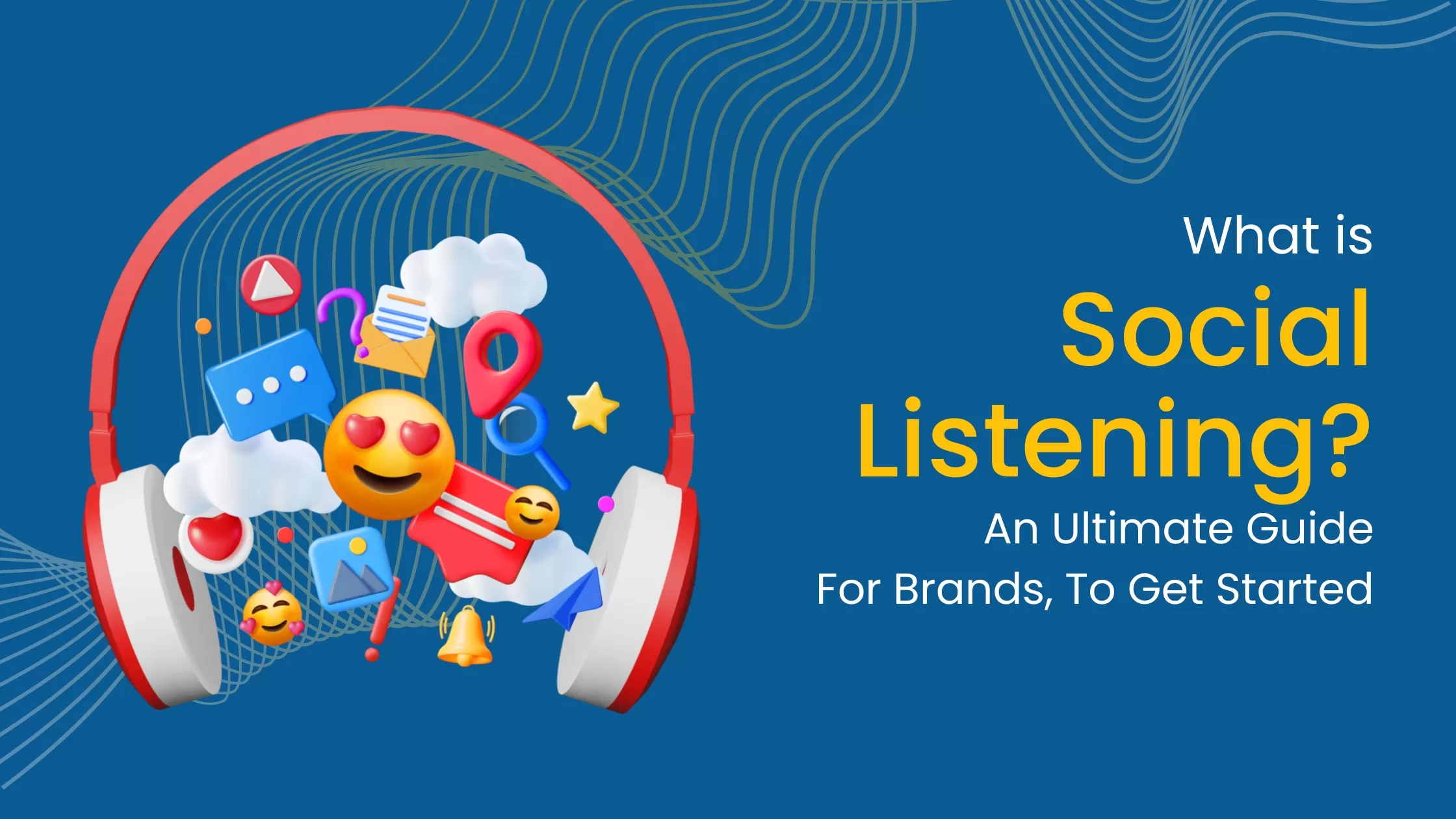09 December
10 Proven Tips: UX and SEO - The Dynamic Duo for Better Rankings
published
September 23topics
#SEOIn the digital age, where Google reigns supreme and websites are the virtual storefronts of businesses, the marriage of User Experience (UX) and Search Engine Optimization (SEO) has never been more critical. It's like having the perfect ingredients for a recipe – they complement each other, and when combined correctly, they produce something truly remarkable. But let's break it down. UX is all about making websites user-friendly, ensuring that visitors have a seamless and enjoyable experience. On the other hand, SEO is the magic that helps your website show up on Google's first page. Together, they create a harmonious partnership that not only boosts your site's visibility but also keeps visitors engaged.
Understanding UX: It's All About User Satisfaction
UX is not a one-size-fits-all concept; it's highly tailored to your target audience. It involves understanding their needs, preferences, and pain points, and then designing your website to address these factors. A great UX design considers factors such as site structure, navigation, content placement, and overall aesthetics to create an experience that users find enjoyable and satisfying.
Key Point: User satisfaction is at the heart of UX design. It's about making your website a place where users want to be, stay, and return to.
The Significance of SEO: Visibility in the Digital Jungle
SEO is all about increasing your website's visibility in search engines like Google. When someone searches for a topic related to your site, SEO is what determines whether your site appears on the coveted first page of search results or languishes on page 10. It involves a multitude of techniques, from optimizing your content and website structure to building quality backlinks and improving loading speed.
Key Point: SEO is the key to getting noticed in the vast digital landscape. It's about ensuring that your website appears when and where it matters most.
The Intersection: How UX and SEO Converge
For instance, when your website loads quickly (thanks to UX considerations), it not only pleases users but also satisfies Google's need for speed. When your content is both relevant and engaging (a win for UX), it not only keeps visitors glued to your site but also earns Google's favor.
Key Point: The intersection of UX and SEO is where the real magic happens. It's the sweet spot where you win the hearts of users and search engines simultaneously.
Website Speed: The Flash of SEO
Key Point: A fast-loading website is a favorite of both users and search engines. Speed is essential for retaining visitors and climbing the SEO rankings.
Mobile Responsiveness: Adaptation is Key
Google, being user-centric, favors mobile-responsive websites in its rankings because it wants to provide the best results for mobile users.
Key Point: Mobile responsiveness is no longer an option; it's a necessity. Google's preference for mobile-friendly sites underscores its importance.
Content Relevance: The Hero of UX and SEO
A well-thought-out content strategy not only keeps users on your site but also signals to search engines that your site is a valuable resource.
Key Point: Great content is the bridge between user satisfaction and search engine recognition. It's the hero that wins both battles.
User-Friendly Navigation: Guiding the Way
User-friendly navigation is about making it easy for visitors to find what they're looking for. This includes well-organized menus, clear labels, intuitive search functions, and logical page structures. When users can effortlessly navigate your site, they're more likely to stay longer, explore further, and convert into customers or loyal readers.
Key Point: User-friendly navigation enhances the overall user experience and keeps visitors engaged.
Visual Appeal: The Artistry of UX
When users find a website visually appealing, it creates a positive impression and encourages them to explore further.
Key Point: A visually appealing website is more likely to retain visitors. The utilization of visual components improves the overall user experience.
Measuring Success: Analytics and Metrics
Popular analytics tools like Google Analytics and Google Search Console provide a wealth of data. You can track user behavior, monitor keyword rankings, analyze traffic sources, and measure conversions. This data-driven approach allows you to make informed decisions and continuously improve your website's performance.
Key Point: Data-driven decisions are the secret to ongoing success. Analytics and metrics help you understand what's working and what needs improvement.
Conclusion: The Ever-Present Duo
FAQ’s
Q1: What is UX, and why is it important for my website?
A1: UX, or User Experience, refers to the overall experience users have when interacting with your website. It's important because a positive UX keeps users engaged and satisfied, leading to higher conversions and better rankings.
Q2: Can I ignore SEO if I have an excellent UX design?
A2: No, you shouldn't ignore SEO. SEO ensures your website is discoverable by search engines, increasing its chances of being seen by users. Combining UX and SEO is the key to online success.
Q3: How can I make my website mobile-responsive?
A3: To make your website mobile-responsive, use responsive design techniques, optimize images and media, and test your site on various devices to ensure it adapts well.
Q4: What role does content play in the UX and SEO equation?
A4: Content is crucial for both UX and SEO. It engages users, provides valuable information, and helps search engines understand your website's relevance. High-quality content is a win-win.
Q5: Which analytics tools should I use to measure website performance?
A5: Popular analytics tools like Google Analytics and Google Search Console are excellent choices. They provide insights into user behavior, keyword performance, and much more.Become Our Next Obsession With Your Project.
Let’s talk
We're excited to discuss your ideas, goals, needs, and dreams. Let's schedule a call.
Start a projectSome topics to look into
discover our blog22 November
02 November






